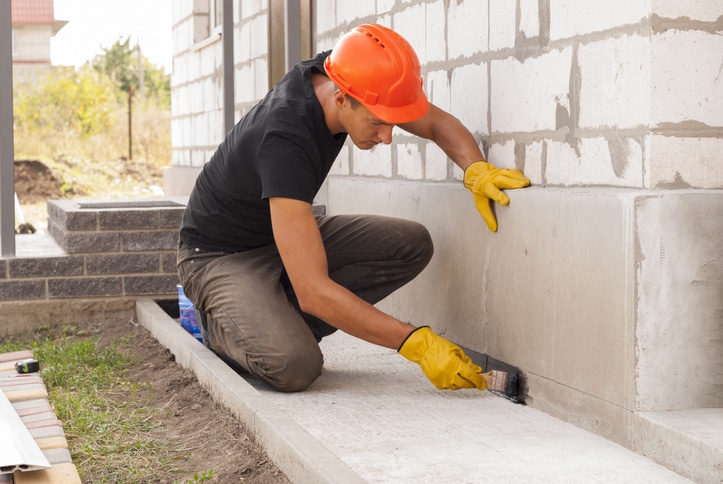
How Long Does Foundation Repair Last?
How long can you expect foundation repair to last? The answer to this question depends on many factors, including the type of foundation and the nature of the damage.
The most important factor is whether or not the repair is performed by a qualified foundation repair services company. DIY efforts can quickly fail, while work performed by a qualified professional contractor is designed to go the distance. For peace of mind regarding your investment, choose a repair company that offers a meaningful warranty. At Align Foundation Repair, we provide our customers with an industry-leading Lifetime Transferrable Warranty to back up our work. We give you a:
- Lifetime Transferable Warranty on concrete and steel piling
- Limited Lifetime Transferable Warranty on drilled pier construction
- 5-Year Limited Warranty on spread footing
Our warranties provide repairs, adjustments, and/or replacements at no cost whatsoever to the homeowner and can be transferred to future property owners at little to no cost.
The Two Types of Home Foundations in North Texas
Most home foundations in the Dallas-Fort Worth area fall into one of two types:
- Pier + Beam: This design uses a series of horizontal braces, or piers, to support the residence. The home’s perimeter is surrounded by either poured concrete walls or mortared concrete blocks.
- Poured slab foundation: The key benefit of this design is its simplicity. The construction company digs a square or rectangular hole in the ground, fills it with concrete, and reinforces it with rebar or post-tension cables. The home sits directly on top.
Both types of foundations are good choices for the hot, dry climate here in the Dallas-Fort Worth area. On the other hand, each also has its share of weaknesses. Correcting these problems may require a service call from a foundation repair company.
4 Things That Can Go Wrong with a Pier + Beam Foundation
Common problems with pier foundations include:
- Settling: Hastily prepared foundation piers can sink into the ground, throwing the home off level or warping its frame.
- Moisture damage: Caused by poor ventilation, rainwater pooling in the crawlspace, or both.
- Shifting soil: Any foundation is only as strong as the ground that supports it. Here in Texas, we’re subject to prolonged droughts and torrential rainstorms, both of which can weaken the earth beneath the piers and cause them to collapse.
- Structural fatigue: A pier foundation takes a lot of pounding during its lifetime.
One way to repair a pier and beam foundation is to replace the original supports with new, properly installed piers set on modern, wide-profile footings. This method prevents further damage to the home and keeps it safe and level over the long term. Also, replacing damaged wood members can provide long lasting stability.
4 Things That Can Go Wrong with a Poured Slab Foundation
A poured slab foundation may sound like the perfect choice due to its simplicity and inherent strength. But there are four things that can go wrong with this design:
- Water damage: Slab foundations sit at ground level, making them vulnerable to flooding and stagnant water.
- Cracks and fractures: Sometimes slab foundations are completed in haste using either substandard concrete or inadequate curing times. This can cause stress fractures.
- Shifting soil: As with pier foundations, a poured concrete slab is vulnerable to moving earth.
- Age: Poured slab foundations have been in wide use across North Texas since the end of World War II more than 75 years ago. Time will eventually cause many of the older ones to fail.
We use a variety of methods to repair a poured slab foundation. One approach is to inject a polyurethane foam into the underlying soil, which raises the slab and levels it out. This solution is considered permanent, since the foam is extremely strong and impervious to rot or decay.
Why DIY Foundation Repair Usually Fails
Lots of home improvement projects are well within the reach of a skilled DIYer. When it comes to foundation repair, however, it’s best to call a Garland, Texas foundation repair company. One reason for this is the fact that modern homes can weigh as much as 160,000 pounds, not including the foundation. Adjusting a building of this size requires industrial-grade materials and a thorough knowledge of structural engineering. Otherwise, you may be faced with burst pipes, electrical fires, or irreparable frame damage.
If you live in Garland or anywhere else in our wide range of DFW foundation repair service locations, call us today for your free inspection and estimate.

